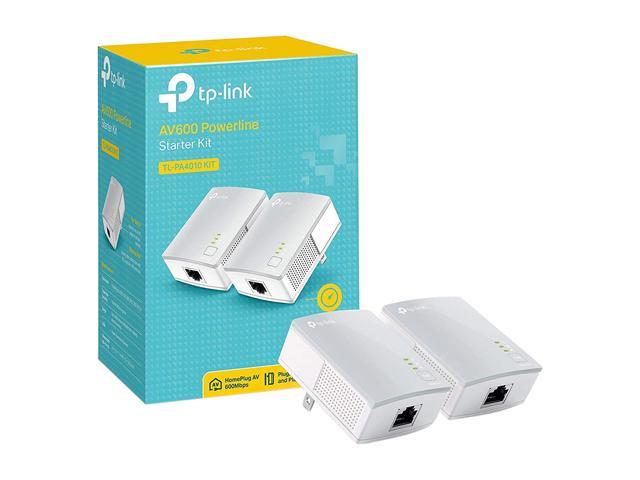

Īnd powerline adapters not only use an AC outlet, but can be large enough that they block one or more adjacent outlets. In other words, if the two devices will be about 50 feet apart physically, you should count it as about 100 feet apart as far as your cabling is concerned. As a result, it's a good rule of thumb to double the distance inside the building between the two powerline adapters to account for the behind-the-scenes wiring. While that might sound like a lot (particularly in light of Wi-Fi's ability to reach only about one-third as far), we're not talking the distance between two points inside your home or office, but the length of the behind-the-wall electrical cables that will carry the data.

There's an additional problem associated with powerline connections: The two powerline adapters must be plugged in within the maximum range of between 500 and 600 feet. It will, however, feel like moving data through digital molasses when you're transferring big files. This should be more than enough for distributing a Web connection in a small office in fact, it is in the same class with all but the newest 802.11ac Wi-Fi routers and access points. In fact, the actual peak data flow is a little over 200Mbps of delivered data for some of the powerline kits and a lot less for others. To begin with, this class of networking equipment struggles to get to one-tenth of its theoretical maximum throughput of 1.2Gbps to 2Gbps, depending on the kit. There are a few "gotchas" you should take into consideration, though, when it comes to powerline networking. Current adapters, however, adhere to the HomePlug AV2 standard, which uses the MIMO (multiple-input, multiple-output) technology to move many streams of data at once without getting bogged down. The first generation of powerline adapters could slow down your broadband considerably: They only allowed a single stream of data at once and topped out at a speed of 500Mbps. You then plug the other adapter into an outlet near your computer, connect it to your computer via an Ethernet cable and voila! Instant networking. All you do is connect one of the adapters to your router via an Ethernet cable, and plug it into a nearby AC outlet. Using a powerline kit is indeed about as easy as it gets.

"That makes it the easiest way to liven up a networking dead zone or extend a LAN." "The beauty of powerline networking is that it is inexpensive, has reasonable range and doesn't require loading any software," says Jeff Heynen, research director at Infonetics, a telecommunications research firm. Or you can use a powerline kit, which routes data over your electric cables by piggybacking the data on top of the electrical current's 60-hertz wave and then extracting the data at the other end. You can try a Wi-Fi range extender (which might help, depending on the strength of your Wi-Fi and the efficiency of the extender). You can start drilling holes in your walls so you can run network cabling. If you have that problem, you have several options. Because of Wi-Fi's limited range - and old-school building construction techniques like thick plaster, brick or masonry walls - even the best Wi-Fi networks have dead zones. Are there places in your home or office where your Wi-Fi signal doesn't reach? You're not alone.


 0 kommentar(er)
0 kommentar(er)
